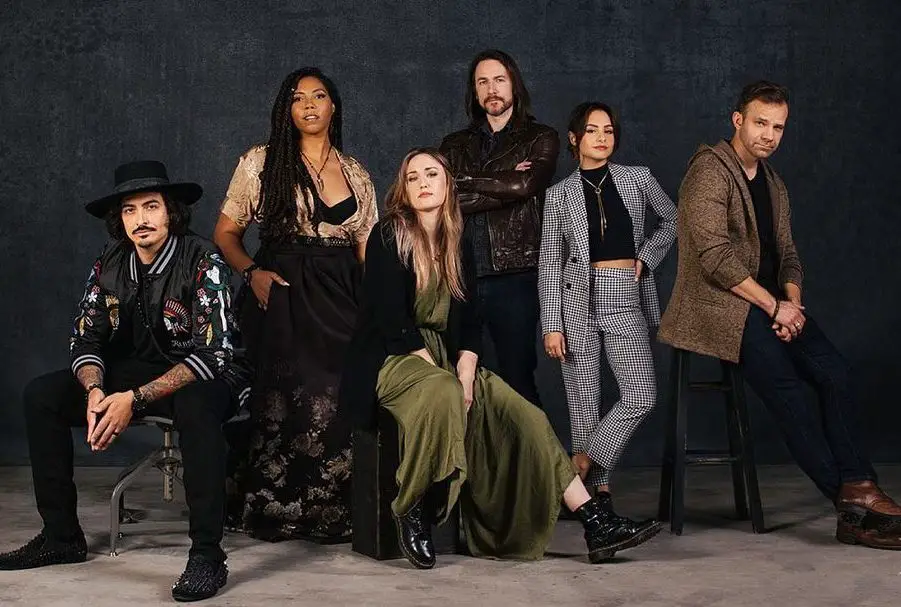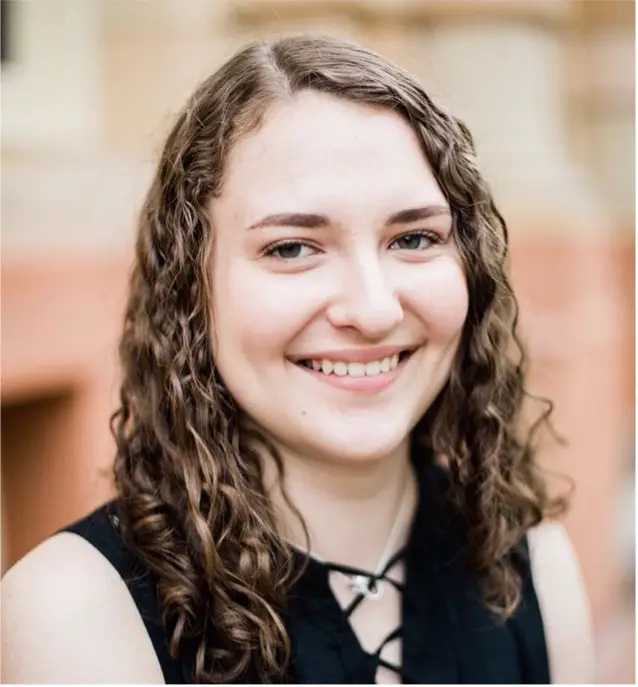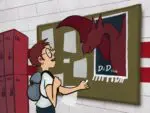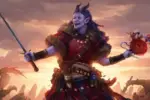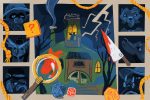In the summer of 2020, the United States undertook the grand task of addressing systemic racism. The entertainment industry was a major part of this cultural shift; since entertainment is so visible, it’s easy for people to comment on its diversity.
Diversity in TV, music and movies is so important because of representation — people should be able to relate to who they see on their screens. And for many, the people on their screens are Dungeons & Dragons players. The classic tabletop role-playing game (shortened to TTRPG) is simple in concept: make up a character, assign them skills and get into a story. It is an incredibly popular game, and web shows that focus on it, called actual play shows, are even more popular.
As the entertainment industry further attempts to diversify, D&D creators and actual play shows have been leading the charge. The game itself is built for diversity, but beyond that, its creators have tried to make it even more inclusive. Most importantly, popular actual play shows have diversified both their players and their game masters.
A Game Built for Diversity
While mentions of D&D usually bring visions of dice and figurines, the most important phase of a game, character creation, doesn’t involve any of that. Unlike most tabletop games, TTRPGs have no preset list of characters. Each player creates a completely new character for each game they play.
Character creation is a deeply nuanced process that takes years of practice to do without a guide, but the most important parts are easy. First, players select the race of their character, which could be anything from human to orc, and even to dragon born. Second, players pick their character’s gender, which is entirely up to the player’s preference since skills in the game are not gendered. Lastly, players choose their class, which governs their character’s personality and skills; classes are general archetypes that define what a character can do.
Considering these three choices, there are countless options for a player to best optimize their character. What’s even better is that any character is just as effective as another, regardless of a player’s choices. The best example of this is in the “Dimension 20” episode “The Unsleeping City.” Pete Conlan is a transgender, former drug dealer-turned-sorcerer and is just as effective as Kingston Brown, a Black man who is both a nurse and a cleric.
The Wizards’ Continuing Work
The often uncredited heroes of Dungeons & Dragons are its creators, known as The Wizards of the Coast. These are the people that write the rules of the game and constantly update the content with new options for races and classes. When the entertainment industry began to work toward diversity, the Wizards revealed a new set of updates.
In a June 2020 announcement, the Wizards said, “Throughout the 50-year history of D&D, some of the peoples in the game — orcs and drow being two of the prime examples — have been characterized as monstrous and evil, using descriptions that are painfully reminiscent of how real-world ethnic groups have been and continue to be denigrated. That’s just not right, and it’s not something we believe in.”
For those unfamiliar with the game, this statement doesn’t seem to hold much water. However, it speaks volumes. Orcs and drows (also called night elves) are two races in the game that always seem to be villains. This categorization leads to what is essentially in-game racism — orc and drow characters are immediately distrusted because of these descriptors. By promising to abolish these in-game stereotypes, the Wizards show that they care about abolishing real stereotypes in those who play their game.
Game Masters Leading the Way
It is well-documented that a majority of D&D game masters, both in home games and actual play shows, are white men. Although many of these GMs have spoken out against systemic racism and their own privilege, the problem remains: D&D stories are often told from a white, male perspective.
In the summer of 2021, however, the two most popular actual play shows did something about this. Both “Critical Role” and “Dimension 20” announced that their summer seasons would be led by Aabria Iyengar. Dubbed the #SummerofAabria, these consecutive announcements offered great hope to the Dungeons & Dragons community. Fans loved seeing a Black woman tell stories at their favorite D&D tables.
#SummerofAabria is important because storytelling needs diverse voices. As evidenced by decades of D&D games, it’s easy to fall into a rut of stories that white men want to tell. How many games consist of warriors hunting down and killing a dragon? Aabria’s work in both seasons is successful in every regard: She offered unique and compelling stories while encouraging her players to delve into their emotions — a trait most games are lacking.
Diverse Casts and Inclusive Storytelling
Since everyone at the table is weaving the tale together, diverse casts ensure inclusive storytelling. Just like how a class is boring if only one type of author is featured, Dungeons & Dragons games should include complex and differing perspectives. By incorporating the different experiences represented at a diverse table, both the game master and the players have more material to work with in-game.
This is because characters are an extension of their players. The players’ experiences usually inspire character creation. For example, many a D&Der has created a character similar to their younger selves because they are experts in their source material, and also know how the character can develop.
Both “Dimension 20” and “Critical Role” have put diversity and inclusive storytelling into practice. “Dimension 20” has made a noticeable effort to diversify; the show’s most recent seasons feature transgender and queer players, more people of color than white people and more women than ever before. The most recent “Critical Role” summer season, “Exandria Unlimited,” featured both some familiar faces and newcomers Aimee Carrero, Robbie Daymond and Anjali Bhimani.
The Final Dungeon
With all these successes, there is still more work to be done. The main issue is clear; the shows that have had to become more diverse grew their audience without their new commitments. The actual play shows that were created by queer people, women or people of color severely lack the audiences that these shows gain so easily.
Others hope that diversity in actual plays will trickle down into home games and the Dungeons & Dragons community as a whole. How could the effectiveness of representation even be measured? For now, the most important thing the D&D community can do is amplify marginalized voices in their game that is already built to do so.


